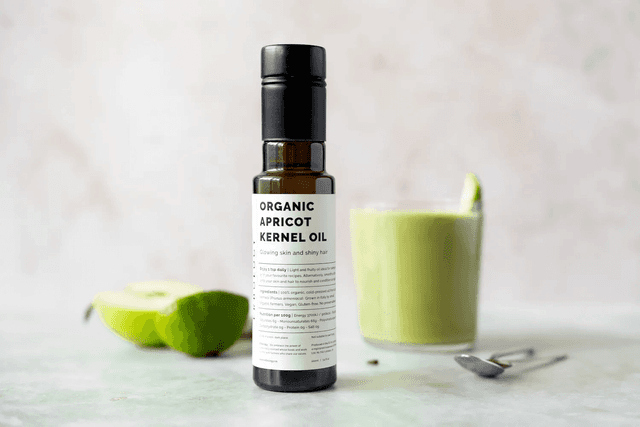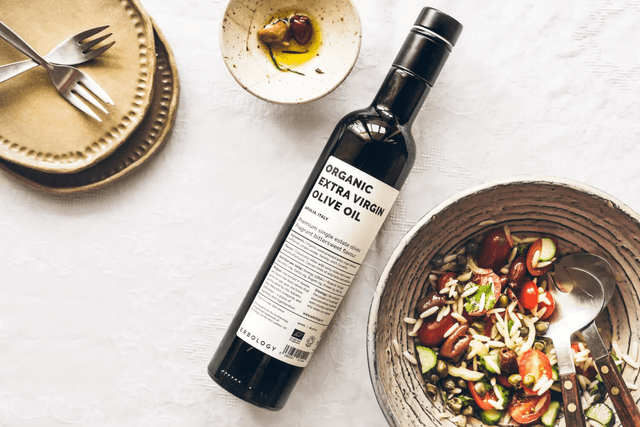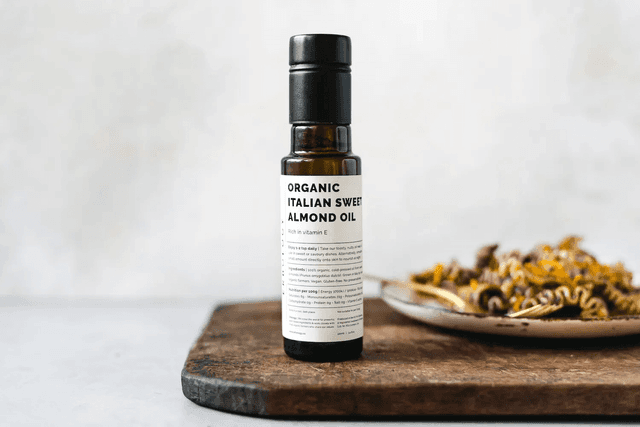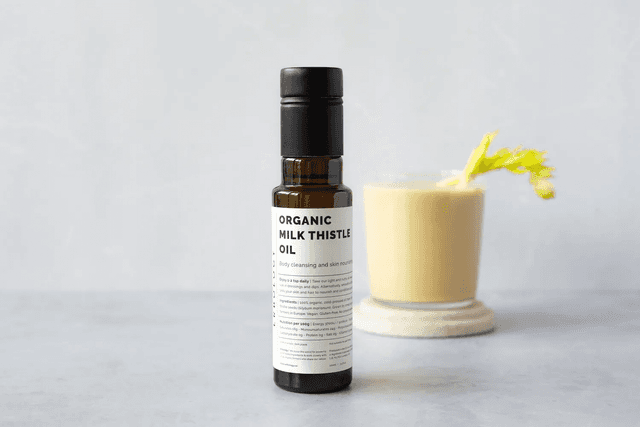28 Aug 2020
Olive oil nutrients and types
Olive oil has a fantastic nutrient profile and is full to the brim of vitamins and healthy fats to help support your body.
It’s these nutrients that provide olive oil benefits for your health. But, unless you’re a nutritionist, it can be pretty tough to figure out exactly what all of these nutrients are and what they do.
Unsurprisingly, their nutrient profiles can be different, so let’s spend a moment getting acquainted with the different types of olive oil.
What types of olive oil are there?
The most famous type of olive oil is extra virgin olive oil, sometimes known as ‘EVOO’. This kind of olive oil is unrefined and natural, and does not use heat or solvents in its production.
Virgin olive oil is also natural and unrefined, with no heat or solvents used during processing. However, it may be made from lesser quality olives and been pressed more than once to draw out more oil. It has a higher acidity level and is more suitable for sauteing and baking. Bear in mind that any type of olive oil is not suitable for deep frying.
Then we have refined olive oil. Unlike with natural oils, this oil may contain trans fats as well as a lower level of nutrients; the flavour will not be distinct. However, refined olive oil is cheaper and some may prefer to use it for cooking.
Pure olive oil is another grade with a misleading name. Rather than being pure as most people understand the word, this grade of olive oil is a mixture of virgin and refined oils. It is suitable for external use and may have an unpleasant odour when used in cooking.
Finally, pomace olive oil is the cheapest. Pomace is what is left over of the olive after natural oils have been extracted. To make olive pomace oil, producers treat this paste with chemical solvents, then, mix it with olive oil.
As you may have guessed, the more processing the olive oil undergoes, the more its nutrient profile is reduced. So, if you want the most nutrients in your olive oil, stick with a variety which is extra virgin, and cold-pressed.

Related reading
Best health foods for an instant energy boost
Triphala benefits: three fruits with incredible powers
Olive oil nutrients
So, now you know which type of olive oil to look for, let’s take a look at the goodness inside. Olive oil is a good source of:
- Vitamin E: This vitamin is a powerful antioxidant (1) (more on that below). Some studies have also linked it to a decreased risk of heart disease. (2)
- Vitamin K: Slightly less well known than vitamin E, vitamin K also has benefits for your body. It helps the blood clot and is needed to help wounds heal. It may also contribute to bone health. (3)
- Monounsaturated fats: Unlike saturated fats, which are thought to be bad for you when eaten in excess, monounsaturated fats are considered to be ‘good’ fats. You might also find them in foods such as avocados and nuts such as almonds and brazil nuts. Monounsaturated fats are associated with a lower risk of cardiovascular disease and type 2 diabetes. (4)
- Oleic acid: This is a particular type of monounsaturated fat and is the primary monounsaturated fat in olive oil. Research has supported numerous benefits of oleic acid such as reducing inflammation and supporting the fight against cancer. (5)(6)
Antioxidants in olive oil
Extra virgin olive oil is also an excellent source of antioxidants. But what exactly are antioxidants, and what do they do?
There’s a lot of jargon around antioxidants, so bear with us!
Let’s start with free radicals. These are little molecules which are produced when oxygen molecules are broken down in your body. This can happen when your body is exposed to stress, for example from UV light.
While the molecules are in a pair, as oxygen, they are stable and happy. But when they’re split up into free radicals, they become very unstable and can cause lots of damage to your cells, such as ageing and disease.



